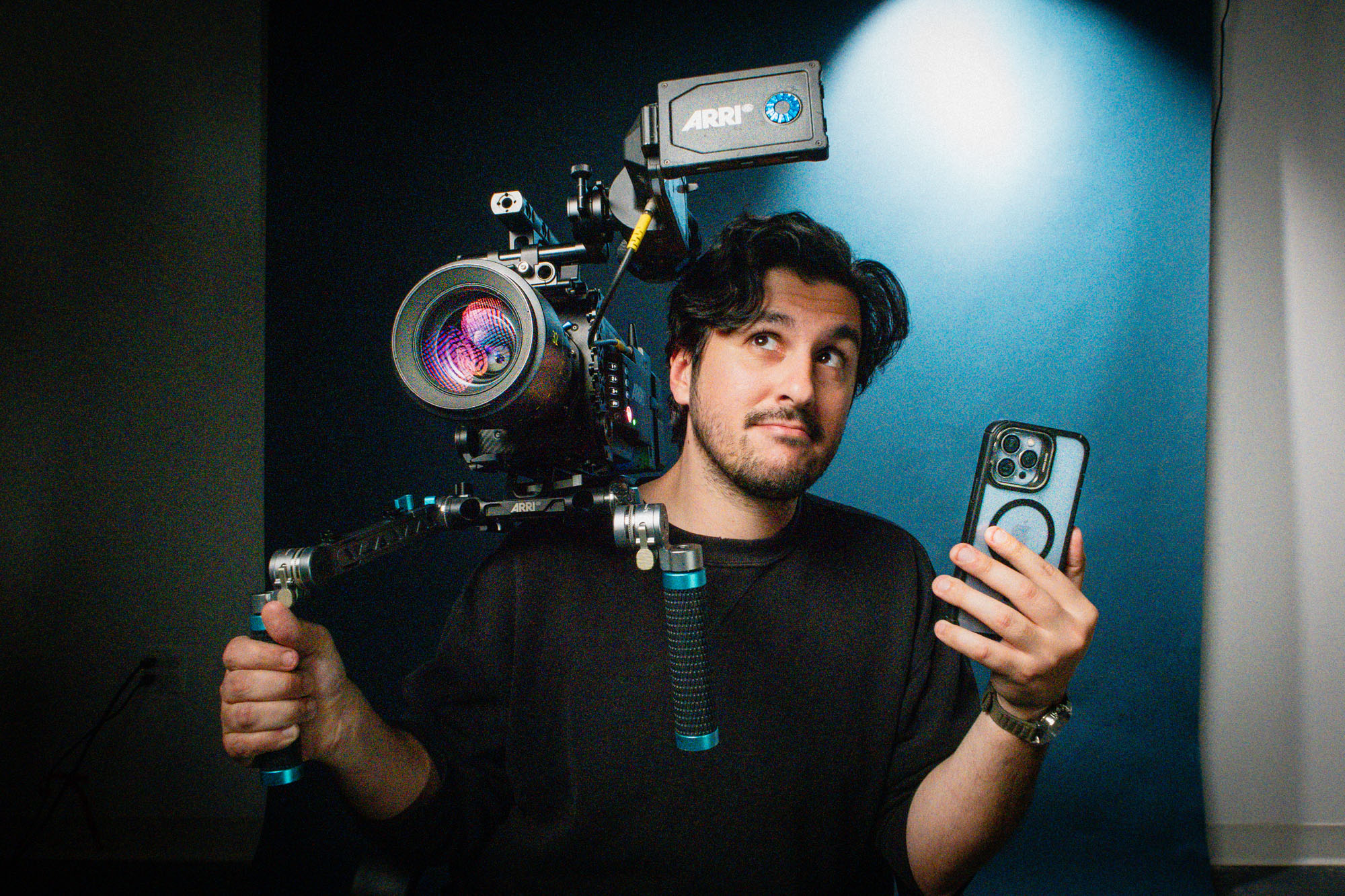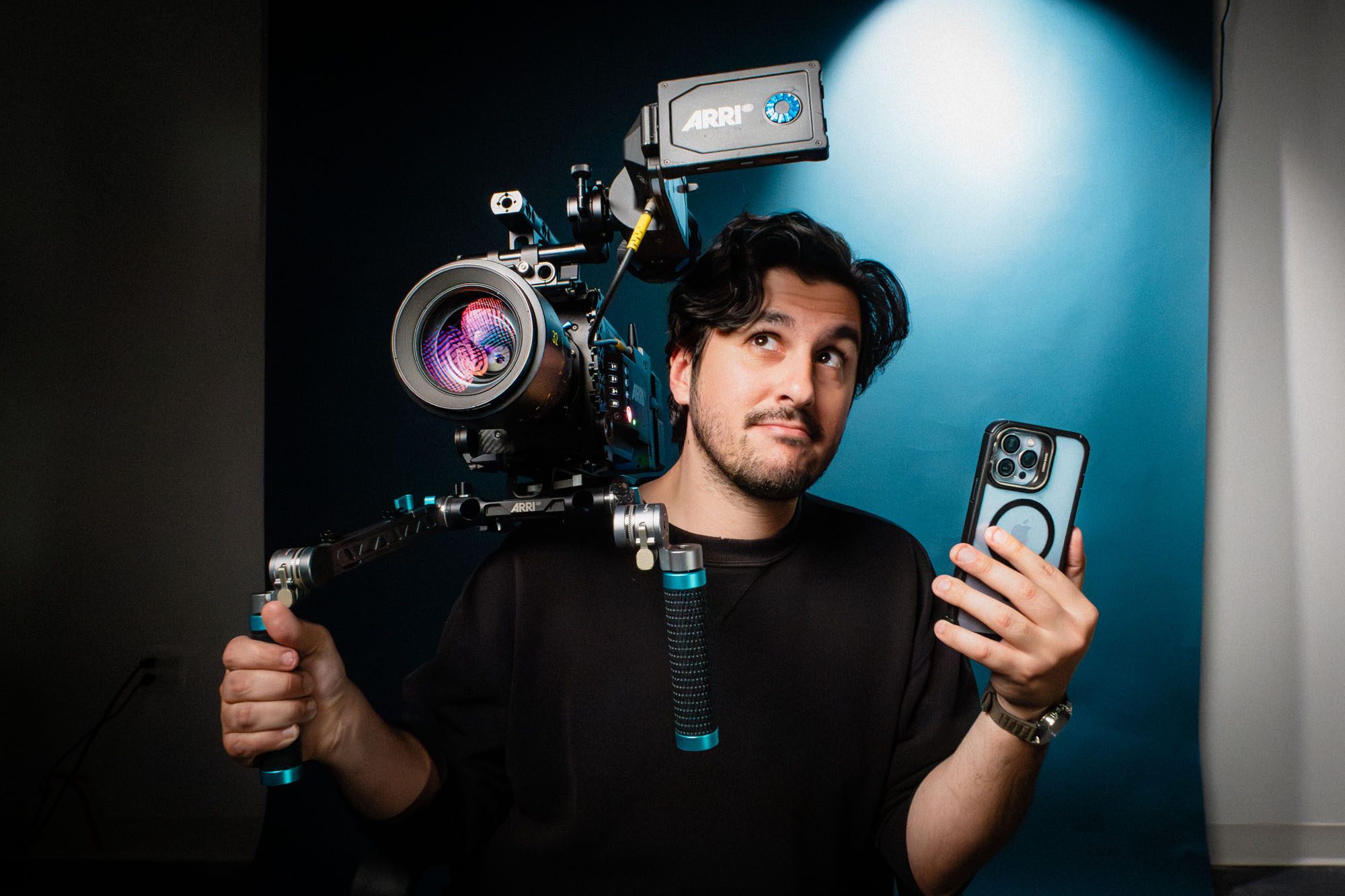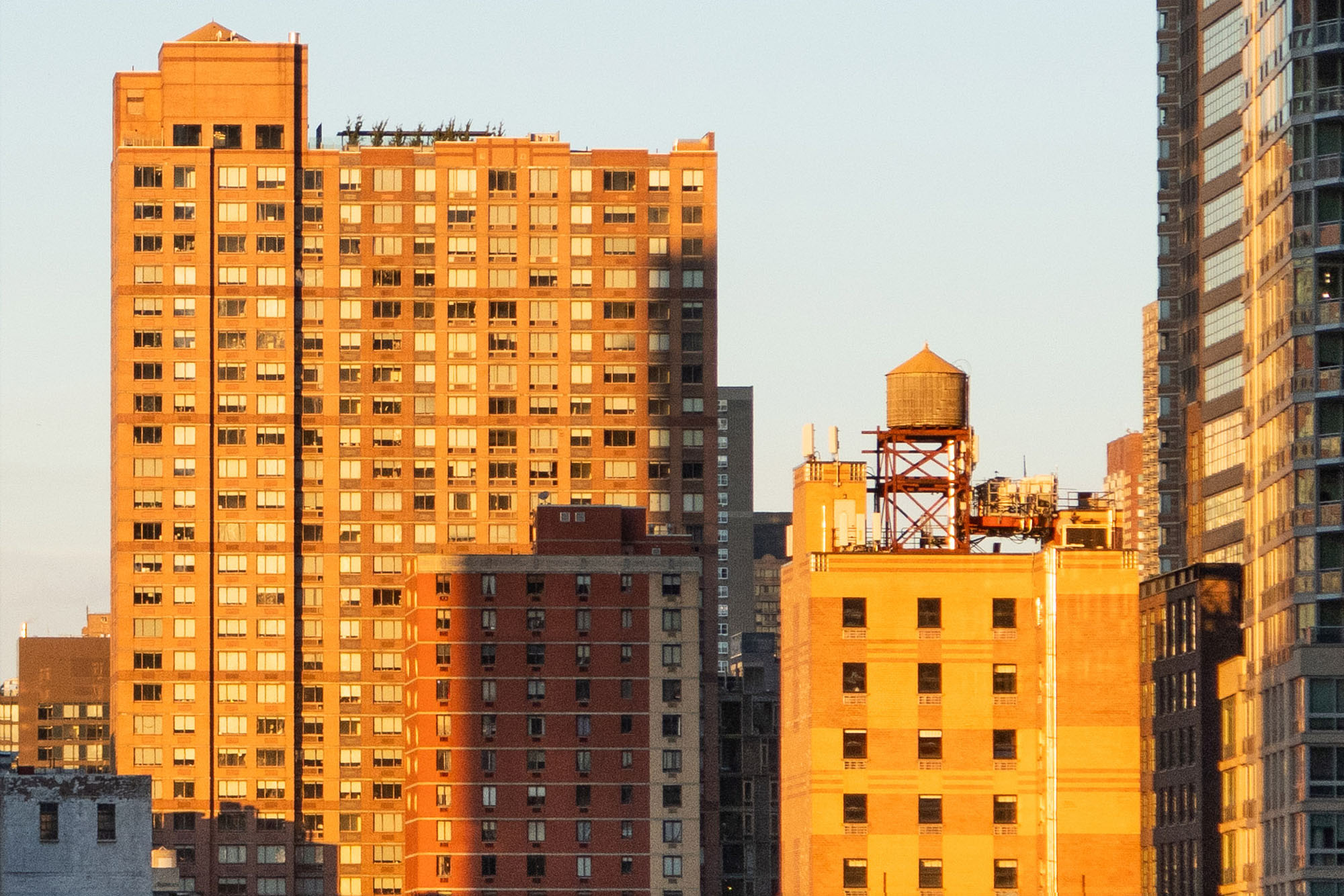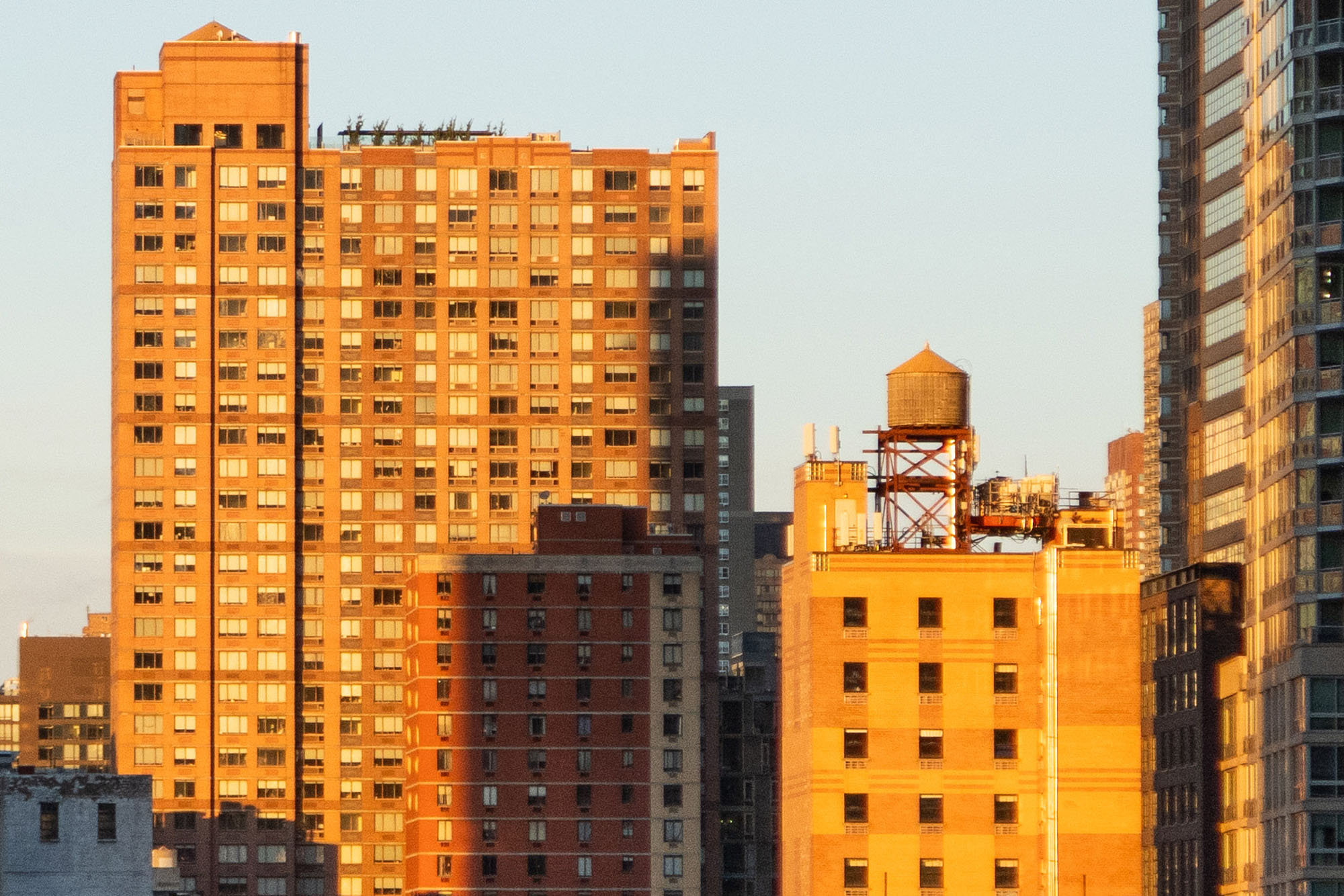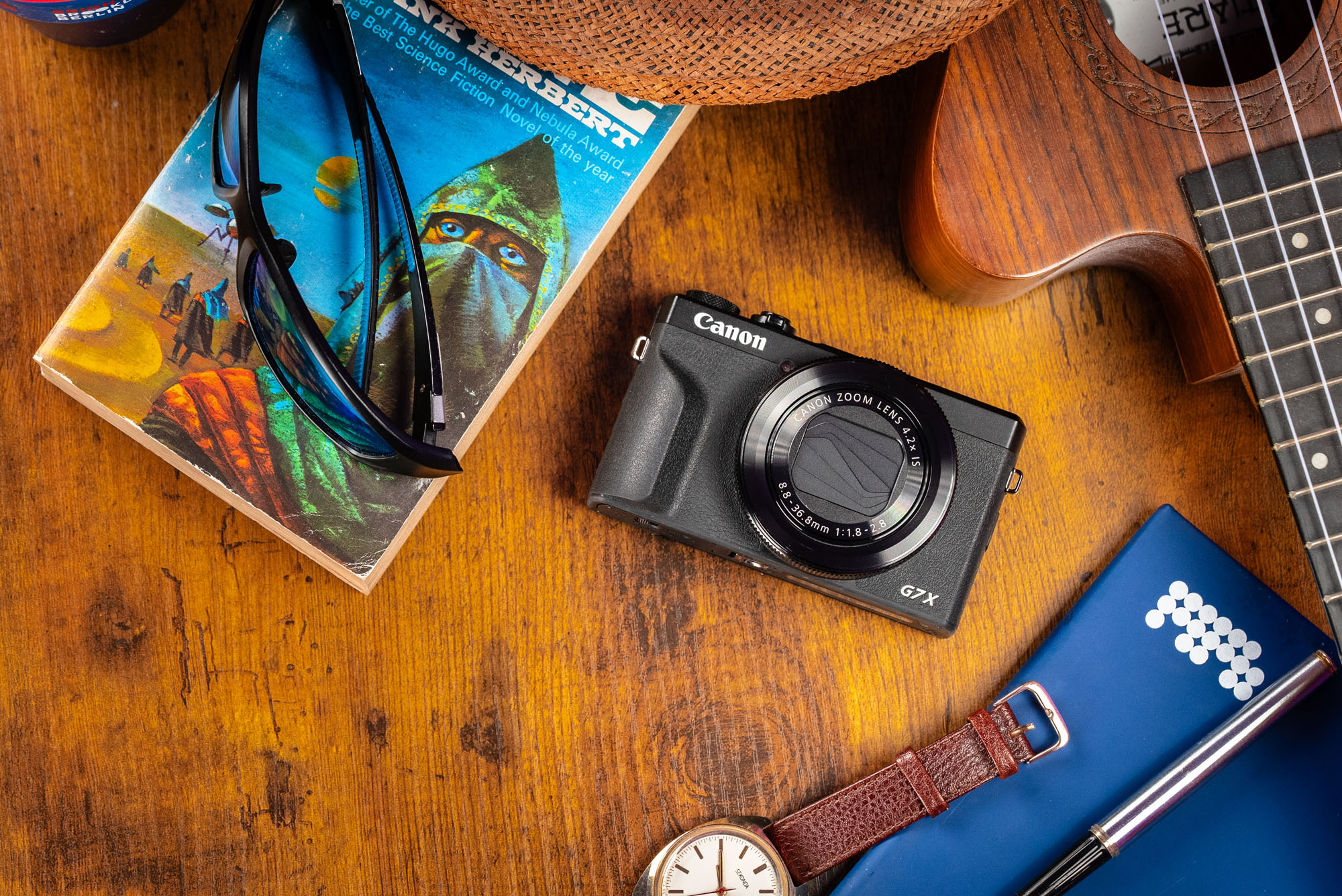
Review: Canon G7 X III Compact Zoom Camera
Published 23 October 2025 by MPB
The Canon PowerShot G7 X Mark III is a premium compact camera released in 2019. Thanks to its popularity on social media, it has become a cult favourite in recent years and is now increasingly hard to come by.
Is it worth the price? Let’s test it. MPB’s Jakub Golis took the Canon G7 X III on a winter trip to New York to test it as a travel-friendly, everyday-carry camera.
Key Specs
Sensor | 1-inch stacked |
Megapixels | 20.1 |
Built-in lens | 8.8–36.8mm |
Full-frame equiv. | 24–100mm |
Aperture | f/1.8–2.8 |
ISO | 125–12,800 |
Shutter, mech. | 1/2000 |
Shutter, elec. | 1/25,600 |
Burst | 20fps |
Autofocus pts | 31 |
Flash | Built-in |
Viewfinder | None |
Mic input | 3.5mm |
Video | 4K 30p, 1080 120p |
Released | 2019 |
Weight, g | 304 |
Battery | Canon NB-13L |
Size, mm | 105x61x41 |
Pros
Compact and travel-friendly
Great photo quality
Easy to use but feature-packed when you need it
Cons
Can overheat when filming in 4K
Continuous autofocus (especially in video) is slow and unreliable
In high demand and expensive
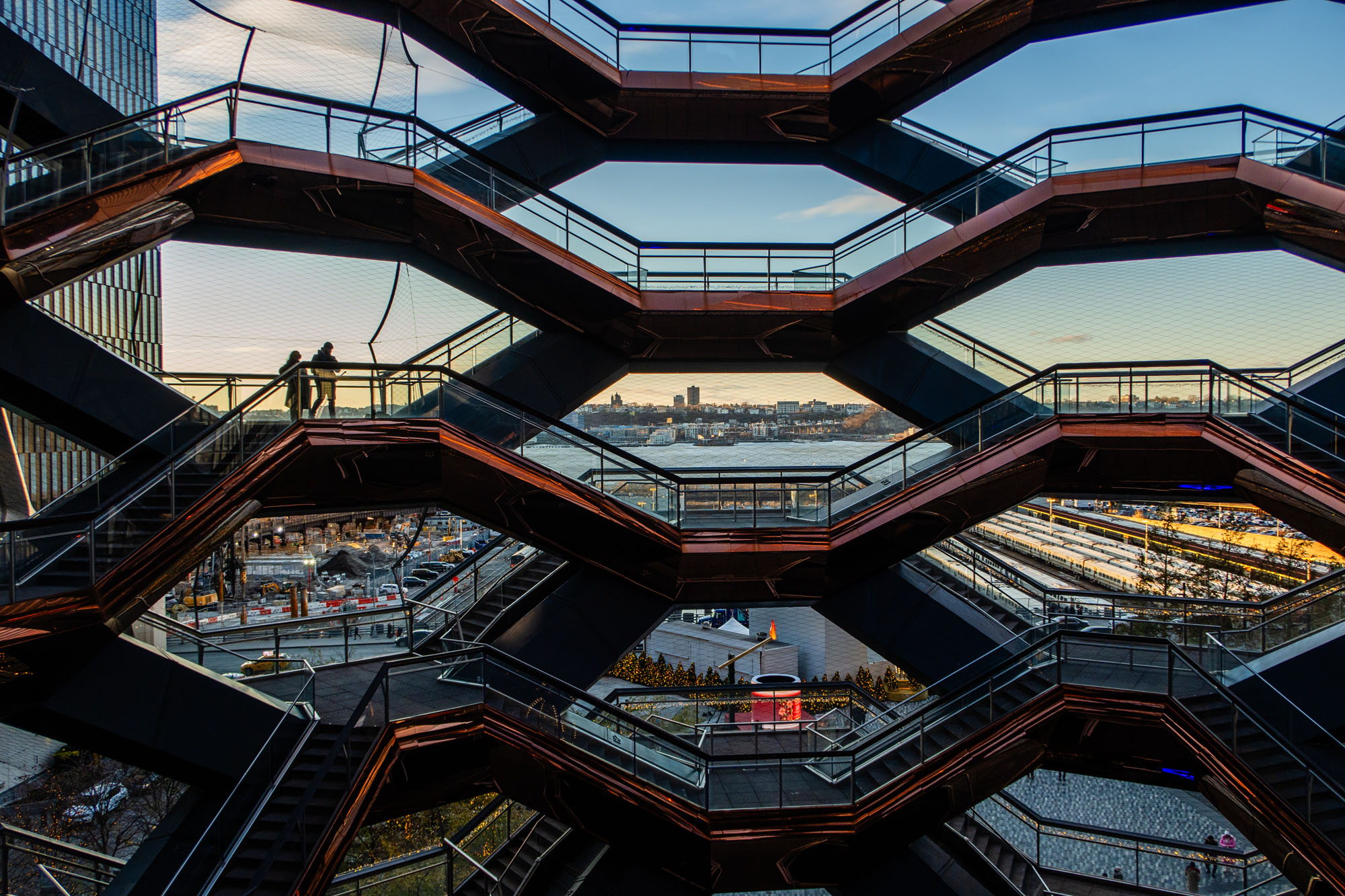
Jakub Golis | Canon G7 X Mark III | 11mm (30mm eq.) | f/4.0 | 1/250 sec | ISO 125
Main Features
The Canon G7 X III has a 1-inch type, 20.1 megapixel stacked sensor, making it suitable for high-quality social media photos and larger prints. It can also record video in 4K up to 30p and Full HD up to 120p.
Right from the G7 X III release, the camera was made with on-the-go creators in mind. The built-in zoom lens goes from 8.8mm f/1.8 to 36.8mm f/2.8 (24mm to 100 mm in full-frame terms), giving you a nice, flexible zoom range for most situations. It also has an external mic input, vertical shooting mode and excellent connectivity features to help you get your footage onto your laptop or phone quickly. You can easily pair it with your smartphone, quickly transfer photos and videos, and even livestream directly to YouTube.
Another helpful feature is its touch-sensitive LCD screen, which tilts 180 degrees for self-filming or 90 degrees down, e.g., for taking photos from a higher perspective.
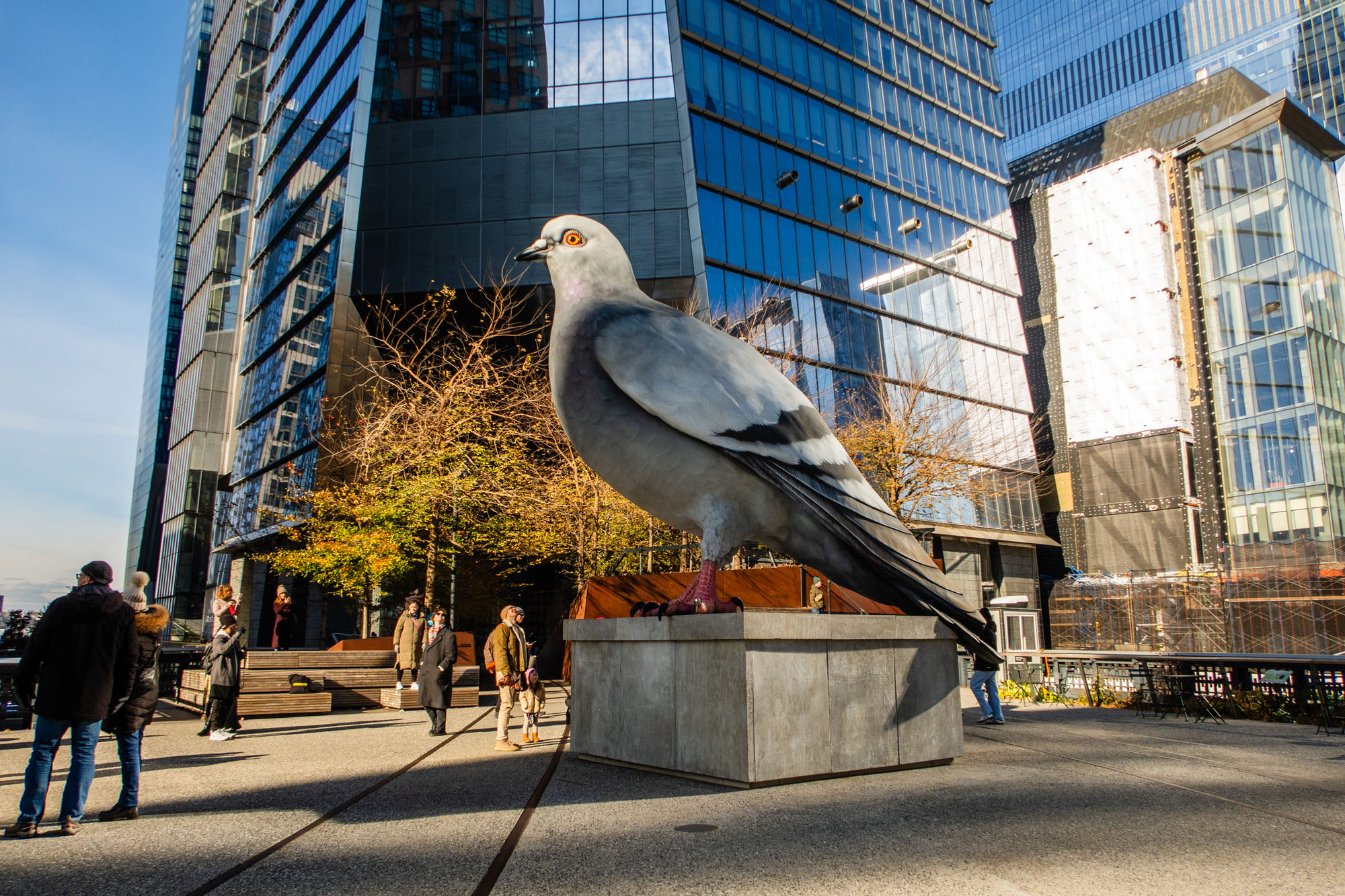
Canon G7 X Mark III | 8.8mm (24mm eq.) | f/4.5 | 1/800s | ISO 125
Image Quality
If I were going on holiday, I would seriously consider taking a Canon G7 X III with me. It’s just a great little travel companion. It’s compact and pocketable, but I’m still impressed by the image quality it delivers.
The 20.1-megapixel sensor provides enough resolution for larger prints. The ISO performance is solid, usable up to ISO 3200 in emergencies, especially if you're shooting RAW and plan to clear up noise later.
Left: Noise Reduction applied. Right: Noise Reduction NOT applied.
The G7 X III boasts an impressive continuous shooting speed of up to 20 fps, and a 30 fps RAW burst mode useful for capturing fleeting moments or fast action. Just note that the RAW bursts are saved as a single CR3 file, and you’ll need Canon’s software to select and export your favourite frame from the burst.
The G7 X III’s lens gives you a handy zoom range, from a wide 24mm to 100mm equivalent on the long end, great for everything from landscapes to portraits. Wide open, images can look a bit soft and glowy, with some vignetting, especially when zoomed all the way in. For peak sharpness, close the lens to f/4, and you’ll get razor-sharp results across the whole focal range.
If you want more reach at either end, third-party wide and macro lens adapters are available for the G7X III.
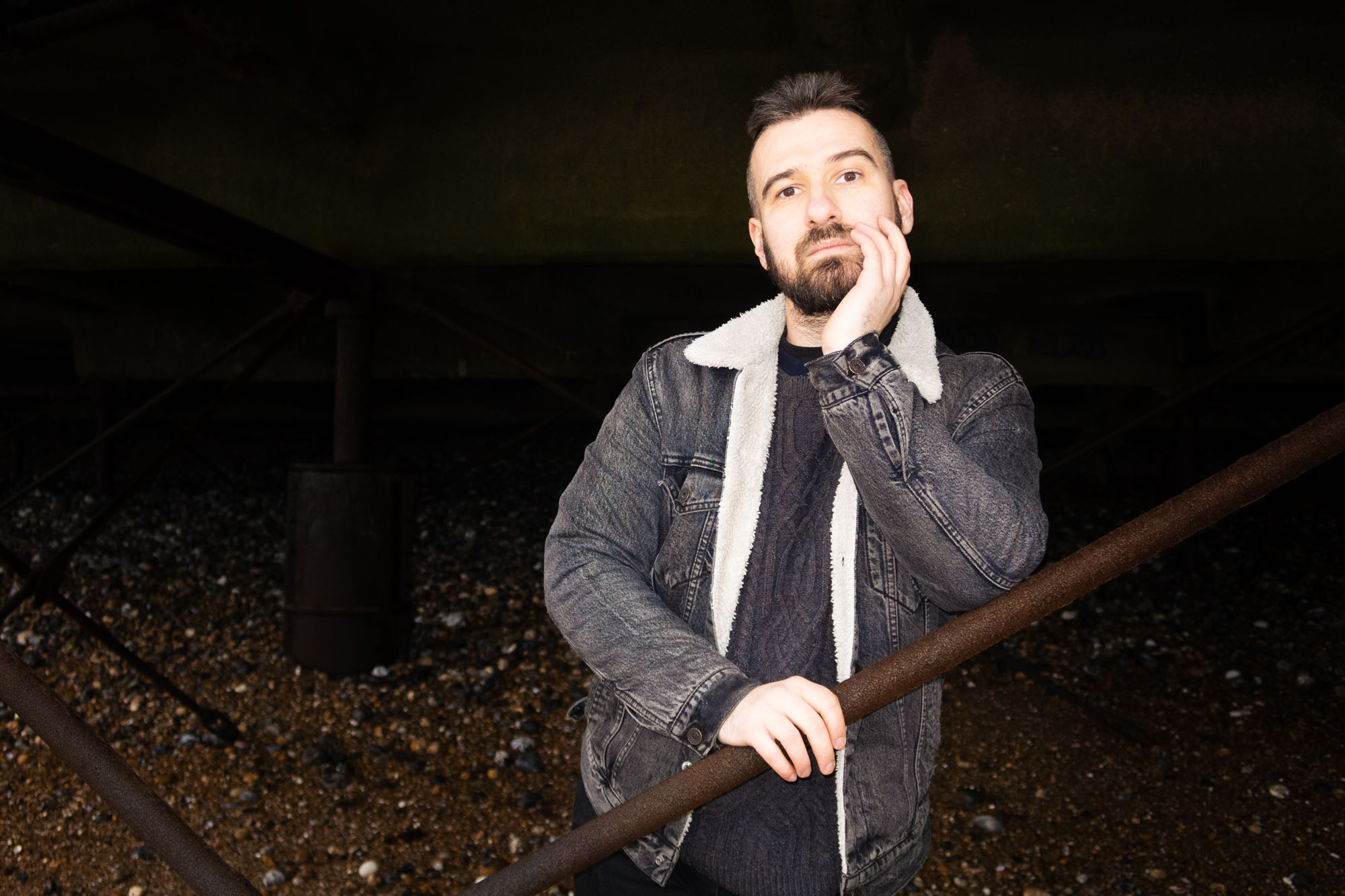
Amy Moore | Canon G7 X Mark III | 14.4mm (38mm eq.) | f/2.8 | 1/125s | ISO 800 | Edited | Model: Jakub Golis
Autofocus
The Canon G7 X III's autofocus performance often feels dated. It works okay for stills and basic vlogging, but can be slow and unreliable in more complex scenarios. I tried filming a simple action—pulling a power adapter from my bag—and it failed repeatedly, even in “Responsive” mode. Surprisingly, I found that the dedicated autofocus macro mode worked quite well for filming myself while holding the camera at arm’s length.
Manual focus is an option, but it’s clunky. You navigate through submenus and deal with a clicked focus ring that makes smooth adjustments awkward. Focus peaking definitely helps, but overall, it’s not the smoothest experience.
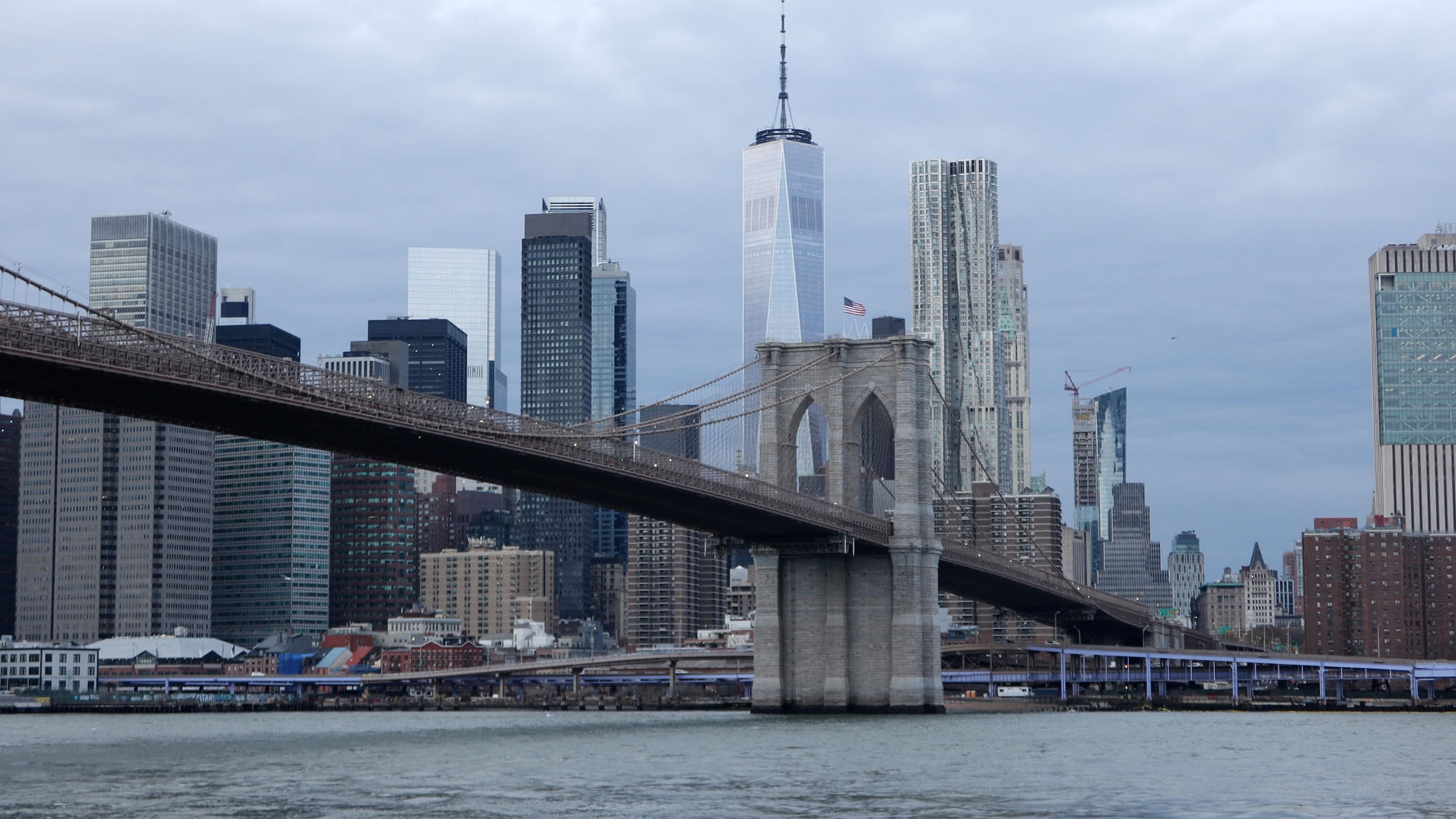
Still frame from a 4K/24p video | Canon G7 X Mark III
Video performance
The Canon G7X Mark III can shoot uncropped 4K up to 30p, with some crop applied if you use the electronic stabilisation. At first, I was disappointed to find out that there was no 4K 24p option, but once I updated the firmware, it was there. Don’t forget to update the firmware—it adds a lot of improvements.
The G7 X III can also shoot in 1080p (Full HD) up to 120 frames per second, which is nifty for capturing beautiful slow motion. Sadly, there is no continuous autofocus, sound or image stabilisation in that mode. The regular-speed Full HD is quite soft and prone to artefacts, so I’d stick with 4K if you’re not too worried about file sizes or overheating.
Truthfully, overheating while filming in 4K is a big issue on the Canon G7 X III. During testing, it overheated while filming a timelapse on a chilly windowsill and while filming outside in freezing New York winter temperatures. This means the 4K recording is only useful for short clips. For longer takes, you probably have to use Full HD.
In video, you’re limited to standard picture profiles like Standard, Vivid and Flat. There’s no log profile, but with 8-bit footage, that’s probably for the best. There’s also the Full HD HDR mode, which is supposed to retain more details in highlights and shadows. It doesn’t make a lot of difference in daylight. But at night, it does help the footage look less contrasty.

Jakub Golis | Canon G7 X Mark III | f=8.8mm (24mm eq.) | f/11 | 30s | ISO 125
Built-In ND Filters
One of my favourite features of the G7 X III is its built-in 3-stop neutral density filter. In photo mode, it lets you shoot longer exposures even in bright light. But it’s even more useful for video, as it allows you to open up the aperture and maintain a sensible shutter speed while filming, all while filming in daylight.
Another feature I liked is the movie self-timer. Just like when taking a photo, the camera gives you a few seconds to get into position before starting to record video. This is convenient if you want to post a clip online without needing to edit it first.
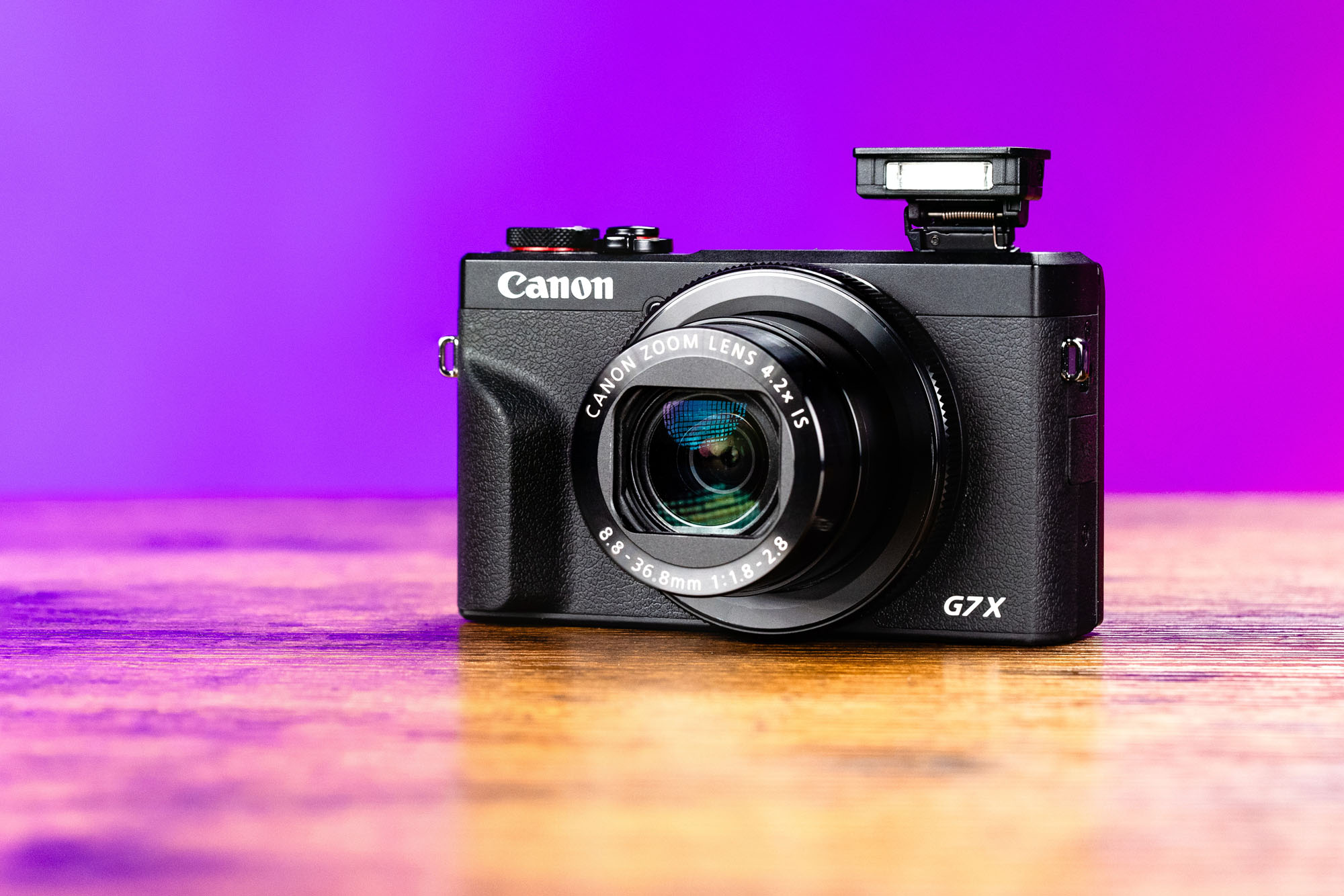
Used Canon G7 X III
Body and handling
Weighing just around 300g and smaller than an iPhone SE, this camera is truly pocketable. It also looks good, which is maybe not the most important feature of a digital camera, but definitely something you notice if it’s your everyday carry.
It doesn’t have an electronic viewfinder, so if that’s important to you, consider the Canon G5 X II instead. Still, the tilting touchscreen is a joy to use, and you can control the most important settings by just tapping them. The screen works intuitively. There is also a ‘virtual’ REC button on the screen, which is very practical. The only problem I’ve had with it is that if you have larger fingers, it can be tricky to tap buttons near the edge of the display.
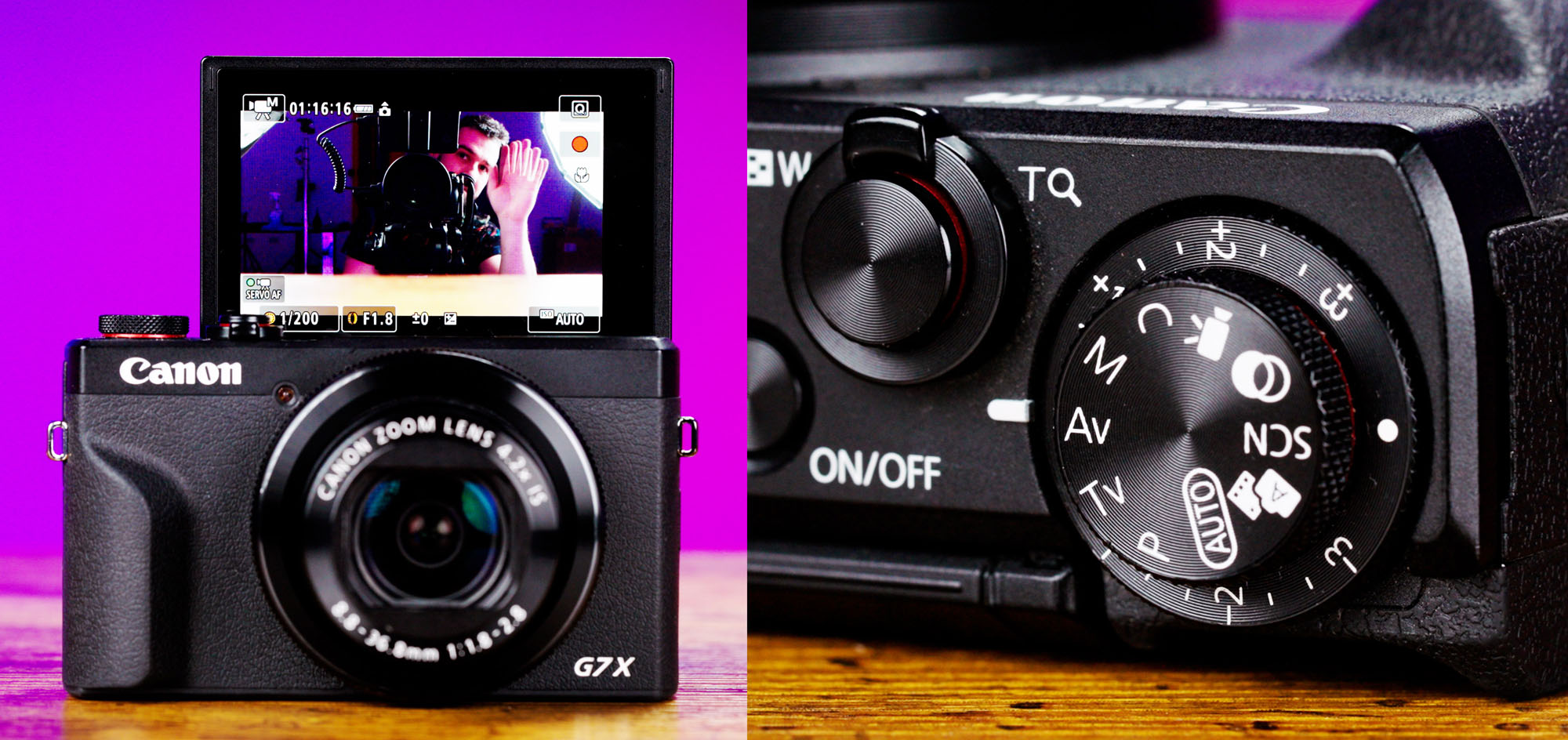
The controls are straightforward. There’s a shutter button with zoom lever, a mode dial, and an exposure compensation dial, which ‘clicks’ nicely and feels premium. The exposure lock button can be customised, and I used it as the ND filter switch. Frustratingly, it doesn’t just switch between ND and no-ND with one press. Instead, it brings up the ND menu, and you have to choose the option manually.
Connectivity is strong too, with USB-C charging, Micro HDMI, Wi-Fi sharing and live streaming.
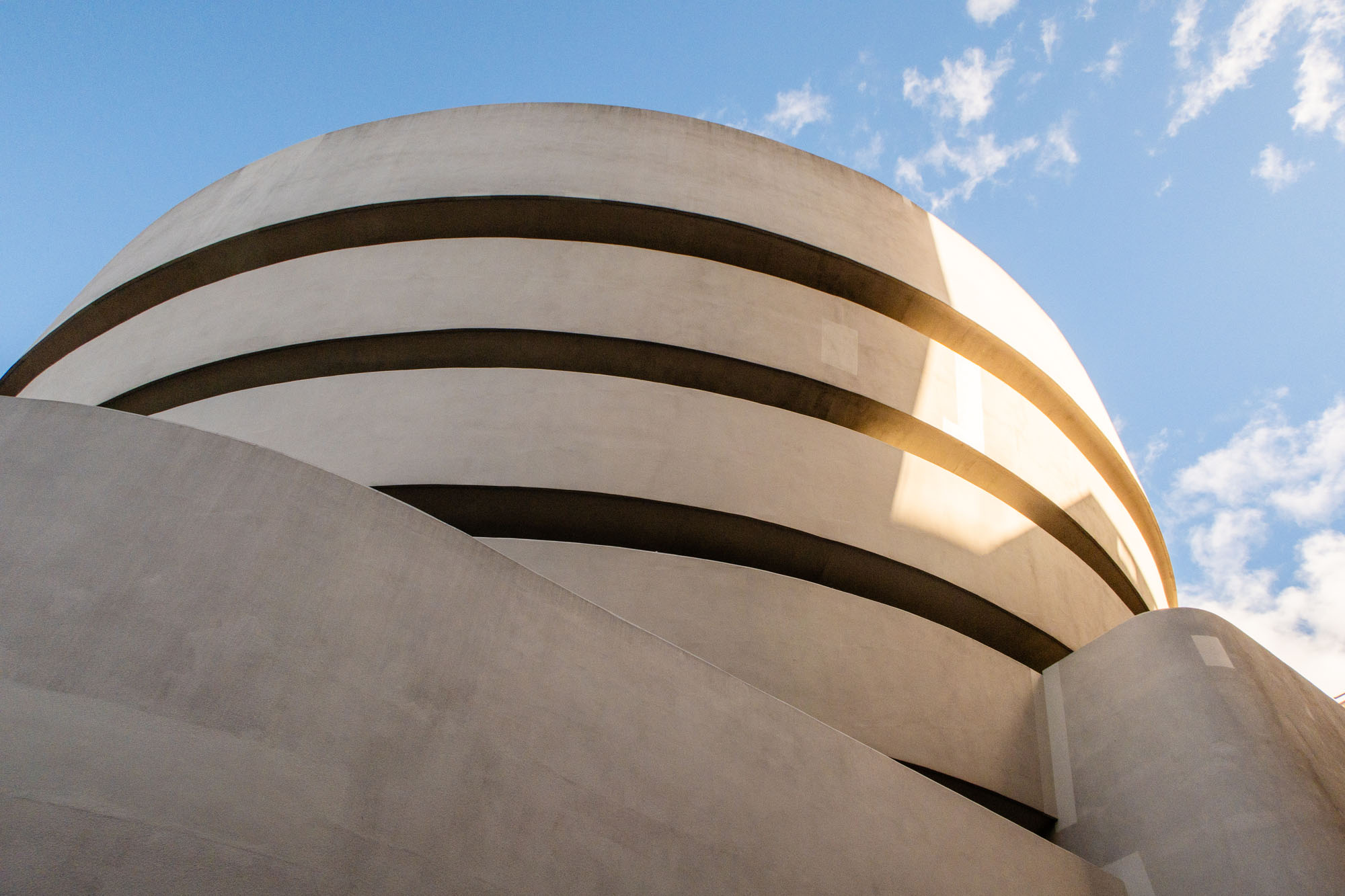
Jakub Golis | Canon G7 X Mark III | 8.8mm (24mm eq.) | f/5.6 | 1/1000s | ISO 125
There is also the pop-up flash, beloved by many for achieving the ‘Y2K photo vibes’—that nostalgic early-2000s look with direct flash, shiny faces, bold contrast and an unfiltered feel. It has a mic input, but no hot shoe—so you’ll need a workaround to mount your mic. That might mean using a baseplate or a cage, which starts to defeat the purpose of a compact camera. Canon’s mini tripod with a cold shoe might be your best bet.
The camera uses a regular-size SD card and the NB-13L battery. It’s not the biggest battery, so you’ll need several spares for a full day of shooting photos and video.
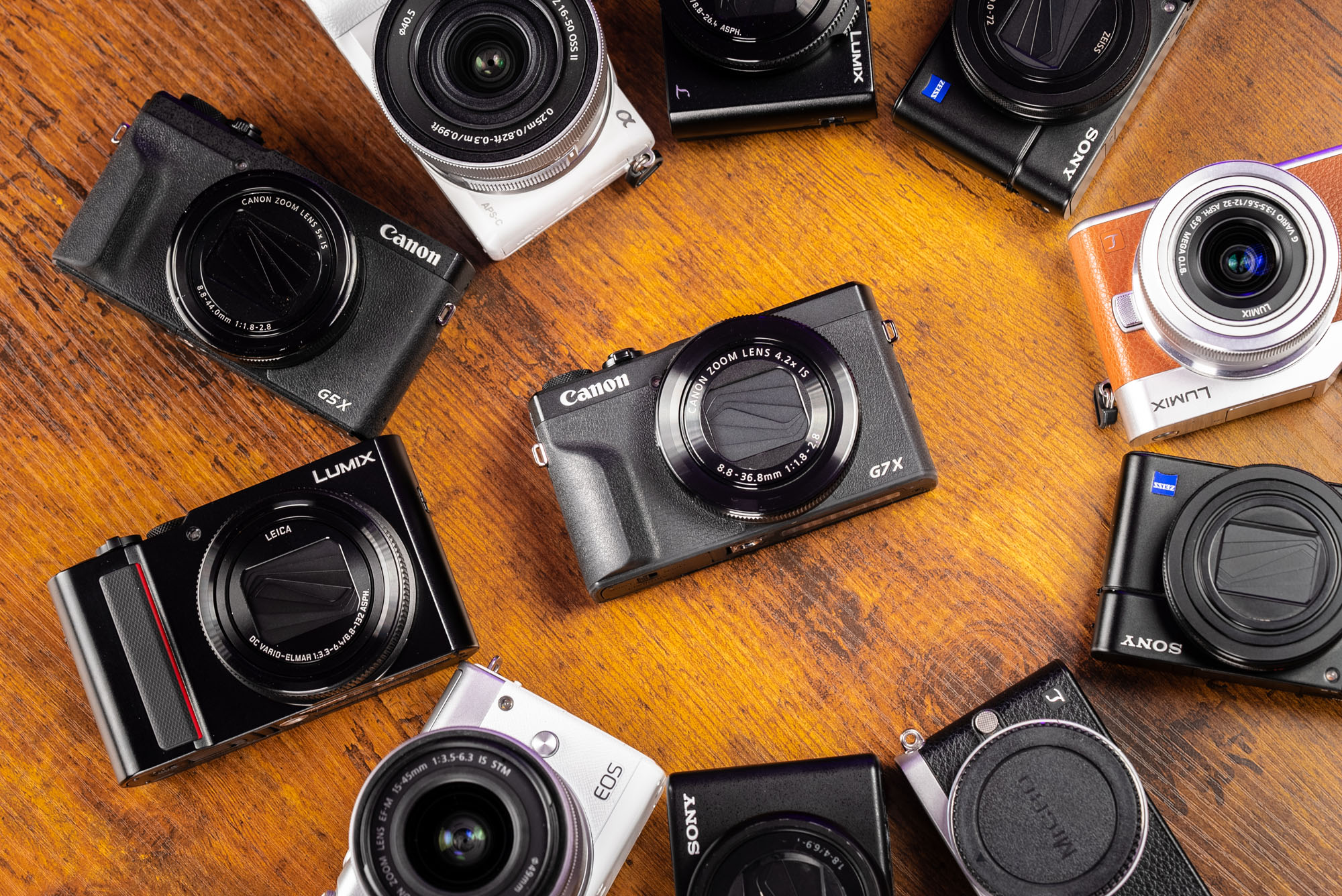
Alternatives to the Canon G7 X III
When looking for an alternative to the fairly expensive G7 X III, you’ll probably start wondering: why not just use a smartphone? My answer is that it’s just a very different experience. There are no notifications or distractions on a dedicated camera—just you, the scene in front of you and the device that’s designed to capture it. The 1-inch sensor, while smaller than those found in other cameras, is still much larger than your phone’s camera sensor.
People also love the Canon G7 X III for its more neutral look compared to phones and the slightly nostalgic quality of photos taken with the built-in flash.
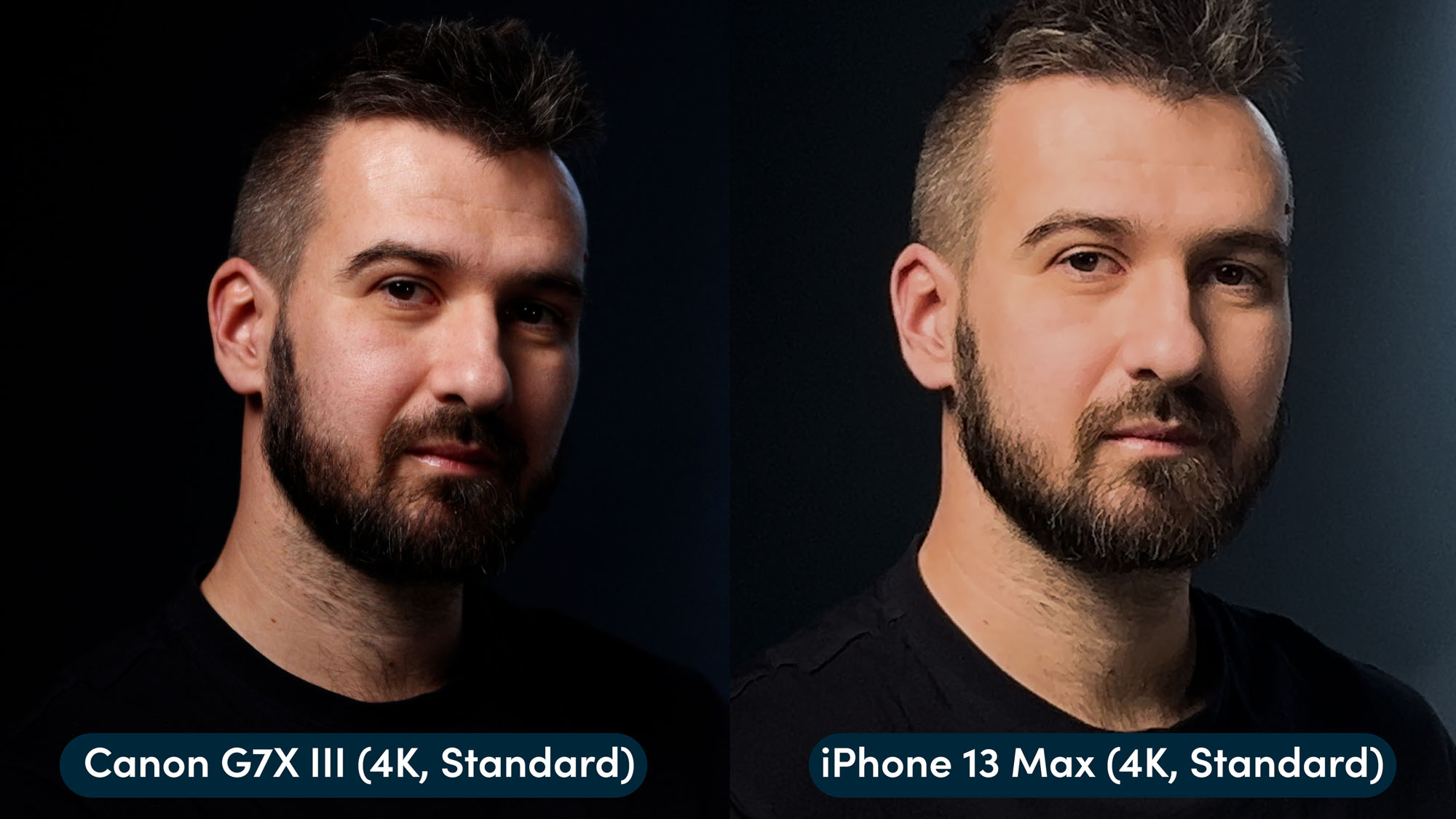
Aside from smartphones, what other cameras are out there that are similar to the Canon G7 X III? I’ve looked into travel-friendly models that have similar specs, are small in size and have a zoom lens.
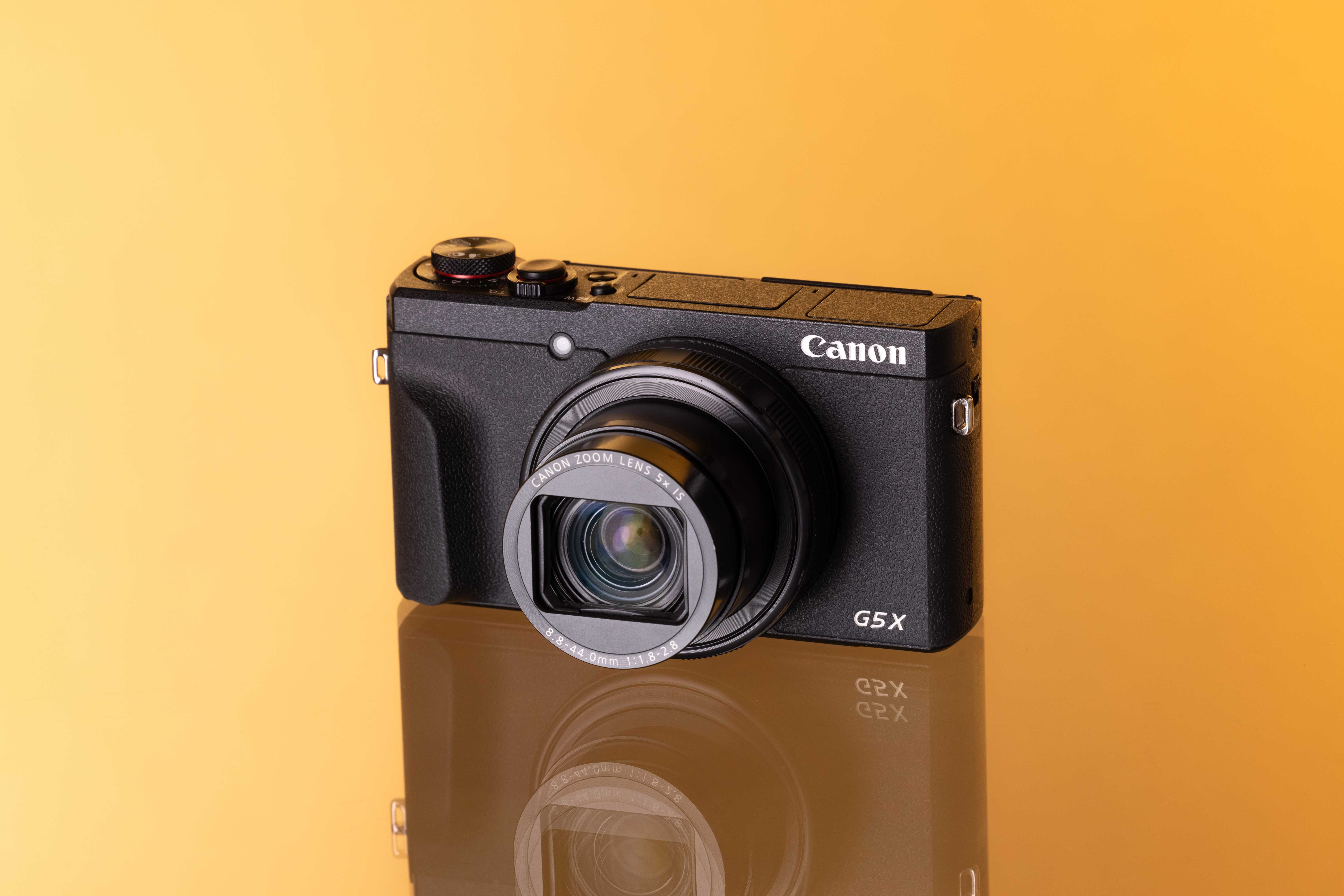
Used Canon G5 X Mk II
The Canon PowerShot V1 is the video-focused G7 X III replacement. Great for video, but bigger and less stylish, and it doesn’t have a pop-up flash. The Canon G5 X Mark II is similar to the G7 X III, but with an electronic viewfinder, some more advanced features and a longer lens. However, that one doesn’t have a mic input.
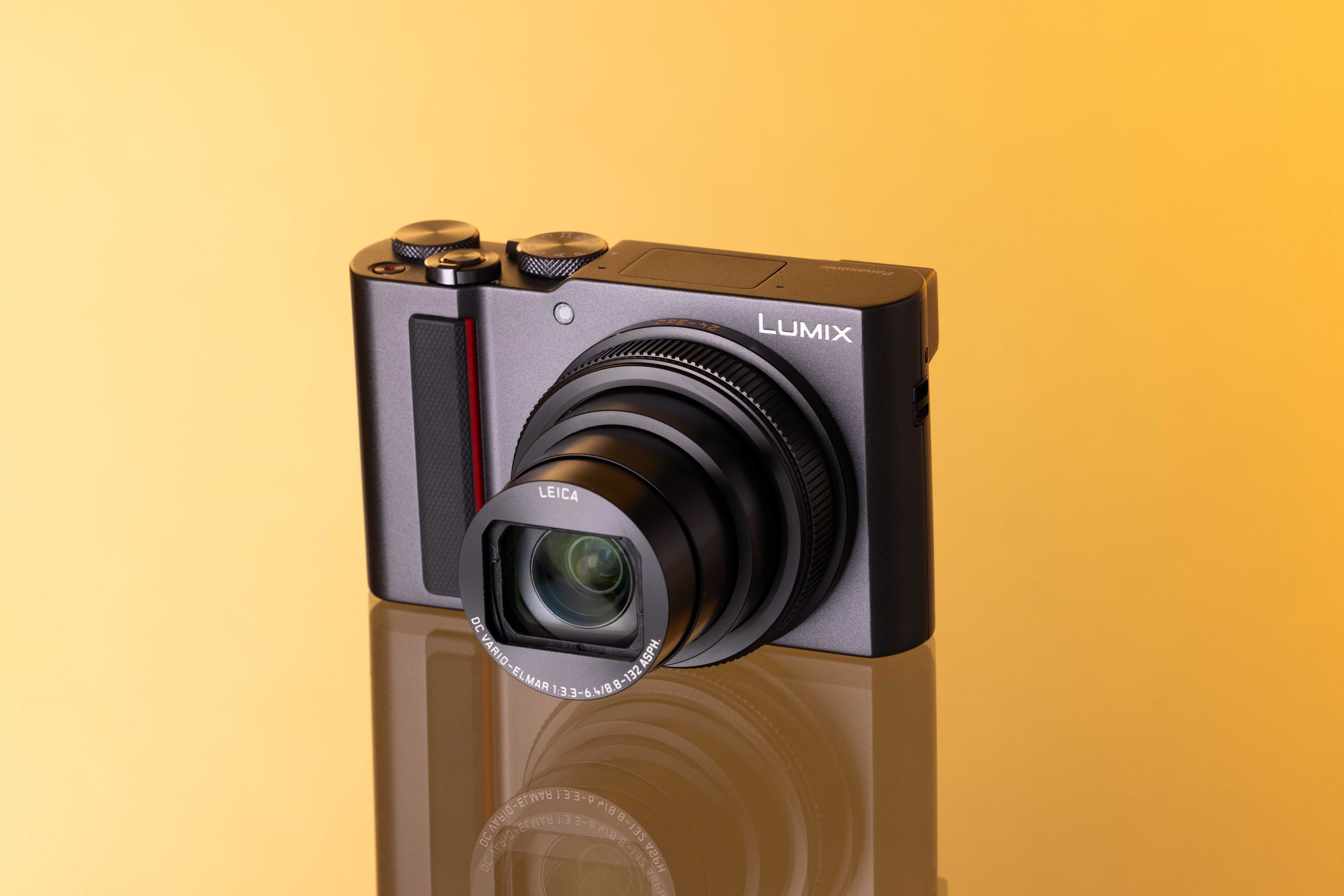
Used Panasonic DMC-TZ200
The Panasonic DC-TZ200 or Panasonic DC-ZS200 are both great alternatives, but they’re slightly bigger and cost roughly the same as the G7X III. Another couple of Panasonic options, the Panasonic DMC-LX10 and Panasonic DMC-LX15, are a little cheaper but are still capable. They have a shorter lens than the G7X III. However, none of the Panasonic options above have a mic input.
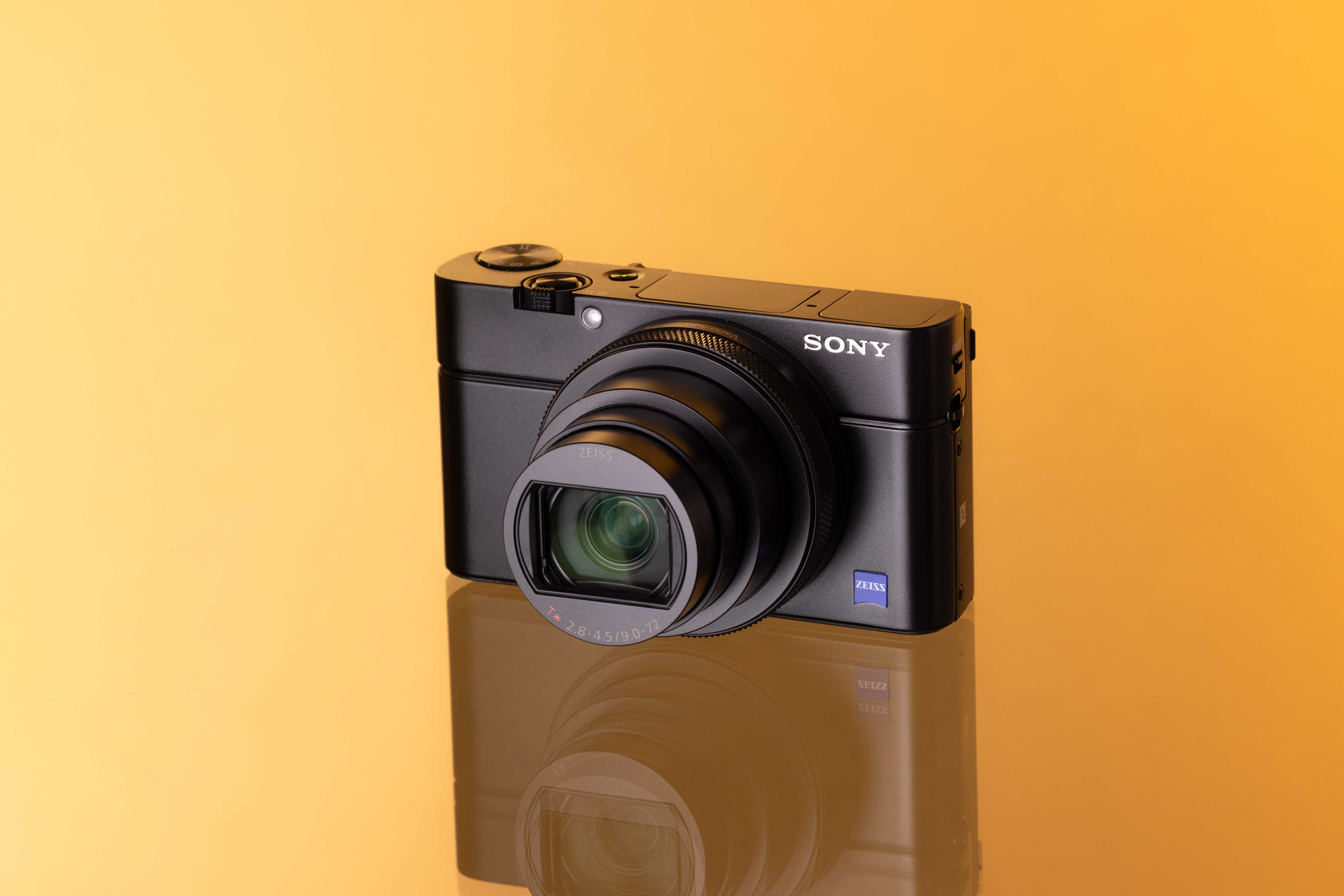
Used Sony RX100 VII
Otherwise, there’s the Sony RX100 VI or Sony ZV-1, which are all excellent for video. The RX100 VII doesn’t have a mic input, the Sony ZV-1 doesn’t have a pop-up flash, but the Sony RX100 VI has both.
Most of those compact alternatives cost roughly the same as the G7 X III, so I tried to find some cheaper, DIY alternatives as well:
My favourite G7 X III alternative would be the Panasonic DC-GX800 with a standard 12–32mm zoom lens. The whole kit costs far less than the G7X and has a larger (m4/3) sensor, which will give you a better low-light performance and ability to blur the background more. As it’s an interchangeable lens camera, you can upgrade the lens in the future. With the lens attached, it will be less pocketable than the G7X and has no mic input. For photos, it will do a great job.
Another Panasonic I’d recommend is the tiny Panasonic DMC-GM1. Cheaper than the G7X, you get a larger sensor, an interchangeable lens mount and a pop-up flash. However, this little camera shoots video only in Full HD and has no mic input, so you’ll be sacrificing mostly on the video front.
If you still haven’t found your Canon G7X III alternative, have a look at the Canon EOS M200 with the kit zoom lens, or the Sony A5100—also with a kit zoom. Both are mirrorless cameras with interchangeable lenses. They have a built-in flash and will be great for photography, though a bit less impressive for video.
Final Thoughts
I really enjoyed using the tiny, stylish and surprisingly feature-packed compact Canon G7 X III. What stood out to me most was how unobtrusive and easy it was to use. With a camera like this, the gap between wanting to take a photo and actually capturing it feels refreshingly short. I loved the user experience and the image quality. Really, the only areas where it falls behind are autofocus performance and video, both of which Canon has since improved with the PowerShot V1. It may not check every box for video, but for photography-focused creators, the Canon G7 X III is hard to beat.
Read more camera gear guides on the MPB content hub.
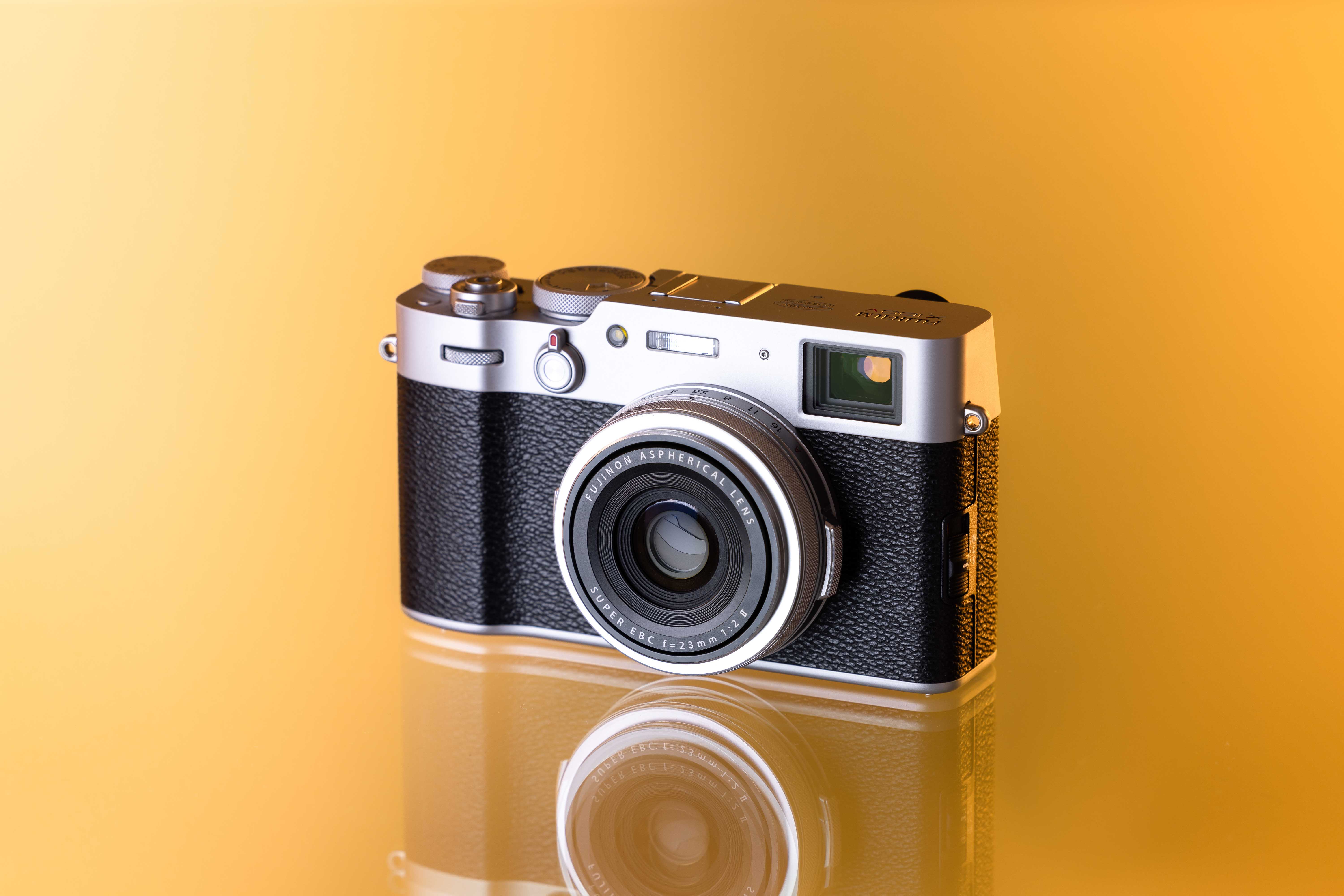
Best Compact Travel Cameras
Take a look at our top recommended compact travel cameras with the specs, benefits and drawbacks of each option.
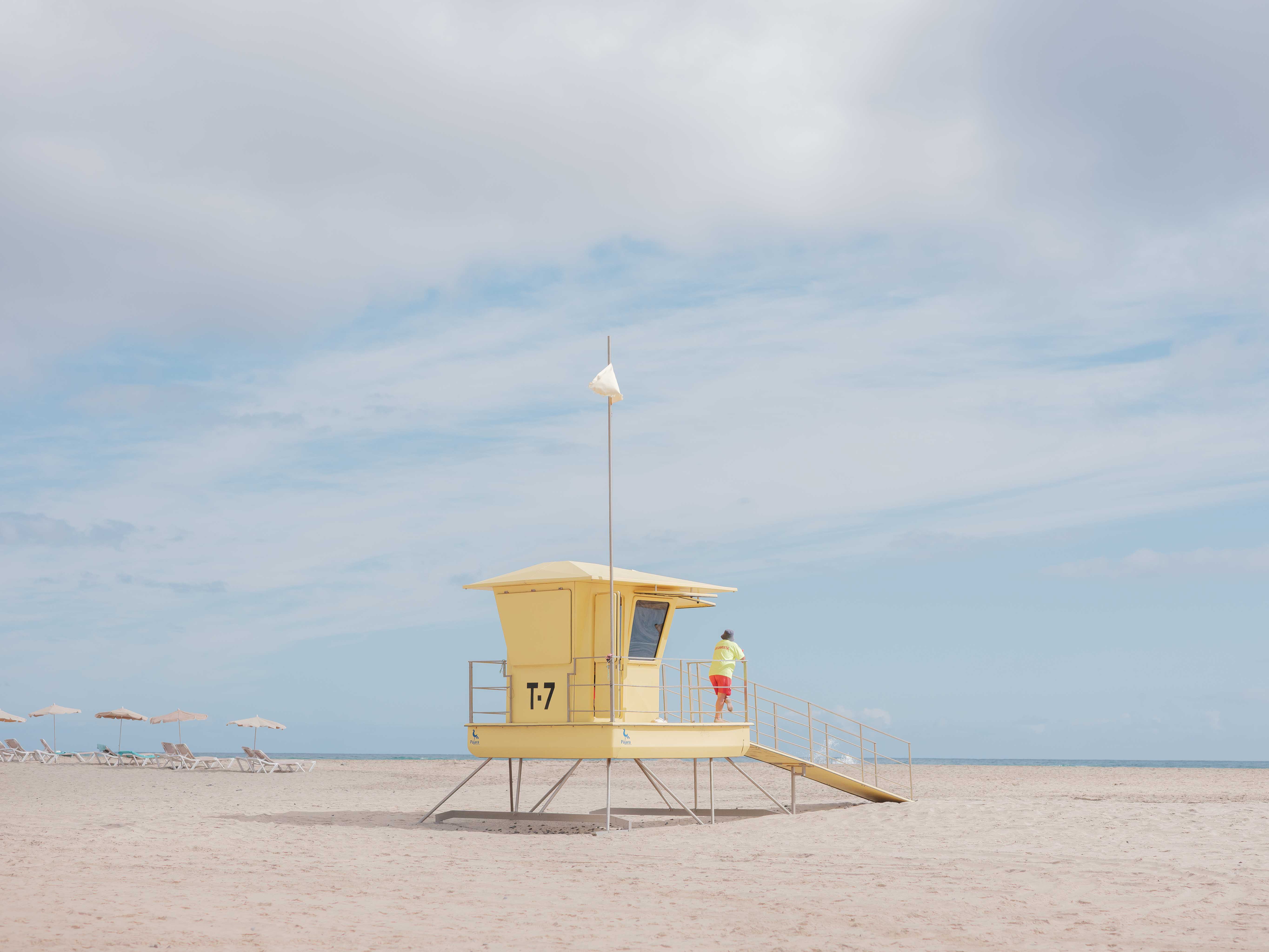
MPB Guide: Travel Photography
Our comprehensive travel photography guide offers advice, camera equipment recommendations and interviews with travel photographers.
